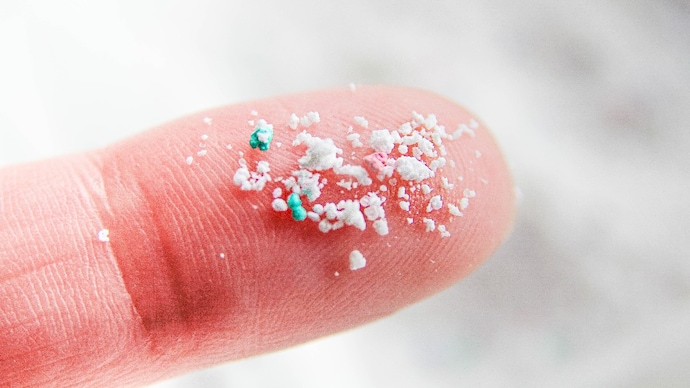Microplastics found in human brains: should we be worried?
Microplastics have been found in various human organs, raising concerns about potential health risks. A recent study sheds light on the presence of these tiny plastic particles in the brain.

Scientists have found microplastics accumulated in many human organs, including the brain. Tiny pieces invisible to the naked eye have penetrated the intestines, lungs, placenta, reproductive organs, liver, kidneys, knee and elbow joints, blood vessels and bone marrow.
These microplastics in the human body, which are less than 5 millimeters in length (about the size of a pencil eraser), are the result of a variety of factors, including devastating plastic pollution.
Although researchers have not precisely defined the health risks of microplastics, recent studies have shown that high levels of microplastics can cause oxidative stress in the body, which can lead to cell damage and heart disease.
Since microplastics are present in the placenta, it is feared that these tiny pieces may also enter newborn babies.
Animal studies have shown that microplastics are linked to reproductive problems, cancer and disruption of the immune system.
A recent study has sparked growing concern about health issues associated with microplastics. The study, which shows the presence of microplastics in human brain tissue, was published in a preprint version at the National Institutes of Health. It is undergoing peer review.

The researchers found that of 91 brain tissue samples collected in early 2024, 24 contained more than 0.5% plastic by weight.
The study calls the brain “one of the most plastic-polluted tissues ever studied.” Researchers were surprised to find that brain samples contained 30 times more microplastics than liver and kidneys.
The microplastics identified in this study were primarily made of polyethylene, the most widely produced plastic worldwide. It is commonly used in everyday items such as bottle caps and plastic bags.
Should we worry?
Scientists don’t have a clear answer yet. With such an alarming amount of microplastics in the human brain, researchers still don’t know how it might affect our health.
Although various chemicals in plastics are known to disrupt the endocrine system, researchers write in The Conversation that ongoing laboratory experiments have shown that microplastics cause brain inflammation, cell damage, changes in gene expression and alterations in brain structure.
A study conducted in January found that a one-litre plastic water bottle contains more than 200,000 nanoplastics, which are even smaller than microplastics. These pieces are smaller than 1 micrometre.
But ultimately, experts agree that more studies are needed to better understand the health consequences of micro- and nanoplastics.





